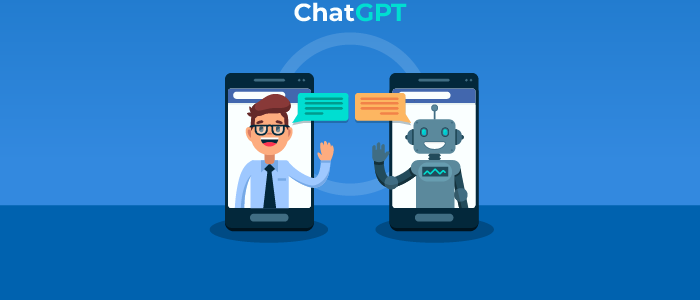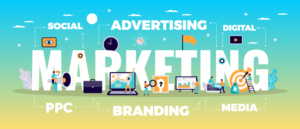Introduction
Recent years have seen a tremendous increase in artificial intelligence, bringing about transformative changes in various aspects of our lives, including communication. One significant breakthrough in AI-driven communication is the development of the Generative Pre-trained Transformer (GPT) models. These models, particularly the GPT-3.5 architecture, have revolutionized how we interact and communicate in digital spaces. In this article, we will explore how GPT models are shaping the future of chat and communication, their benefits, and their potential challenges.
Enhanced Conversational Abilities: GPT models have exhibited remarkable advancements in generating human-like text, enabling more natural and coherent interactions in chat-based platforms. GPT-3.5 has learned to understand context, tone, and nuances by training on diverse datasets, making conversations more engaging and personalized. This advancement opens the door to more effective communication in various applications, from customer service bots to language translation services.
Seamless Multilingual Communication: Language barriers have long been a challenge in global communication. GPT-3.5 can translate and generate text in multiple languages with impressive accuracy. This feature fosters cross-cultural communication by allowing individuals who speak different languages to engage in conversations without needing immediate translation services. It promotes inclusivity and understanding in a world that’s becoming increasingly interconnected.
Redefining Human-Machine Interaction: GPT models blur the lines between human and machine interaction. With their ability to generate text that mirrors human language patterns, GPT-3.5 creates a more natural conversational experience. This development has far-reaching implications for chatbots, virtual assistants, and other AI-driven communication tools. As GPT models continue to improve, they could become companions in various domains, from mental health support to educational aids.
Personalization and Contextual Understanding: GPT-3.5’s contextual understanding allows it to maintain meaningful conversations over extended periods, even when the context shifts. This ability enables more personalized interactions by considering previous messages and user preferences. Businesses can use this to tailor marketing messages and recommendations to individual customers, improving customer satisfaction and engagement.
Ethical Considerations and Challenges: While the potential benefits of GPT-powered communication are exciting, they come with ethical challenges. GPT models can inadvertently propagate biases in the training data, leading to biased or inappropriate responses. Ensuring ethical use and minimizing harmful content requires ongoing vigilance, careful curation of training data, and refining fine-tuning processes.
The Evolution of Creativity and Content Generation: Beyond day-to-day communication, GPT-3.5 has demonstrated its prowess in generating creative content, including poetry, stories, and code. It opens new avenues for content creators, marketers, and artists, raising questions about the role of AI in creative fields and how it might reshape traditional creative processes.
Conclusion
The evolution of GPT models, particularly GPT-3.5, is transforming how we communicate. Their ability to understand context, generate human-like text, and bridge language barriers heralds a new era of seamless and personalized interactions. While challenges remain regarding ethics and bias mitigation, the potential benefits are vast. As these models advance, we can anticipate a future where AI-driven communication becomes integral to our everyday lives, enriching how we connect, learn, and express ourselves.
Reach out to us at [email protected]





